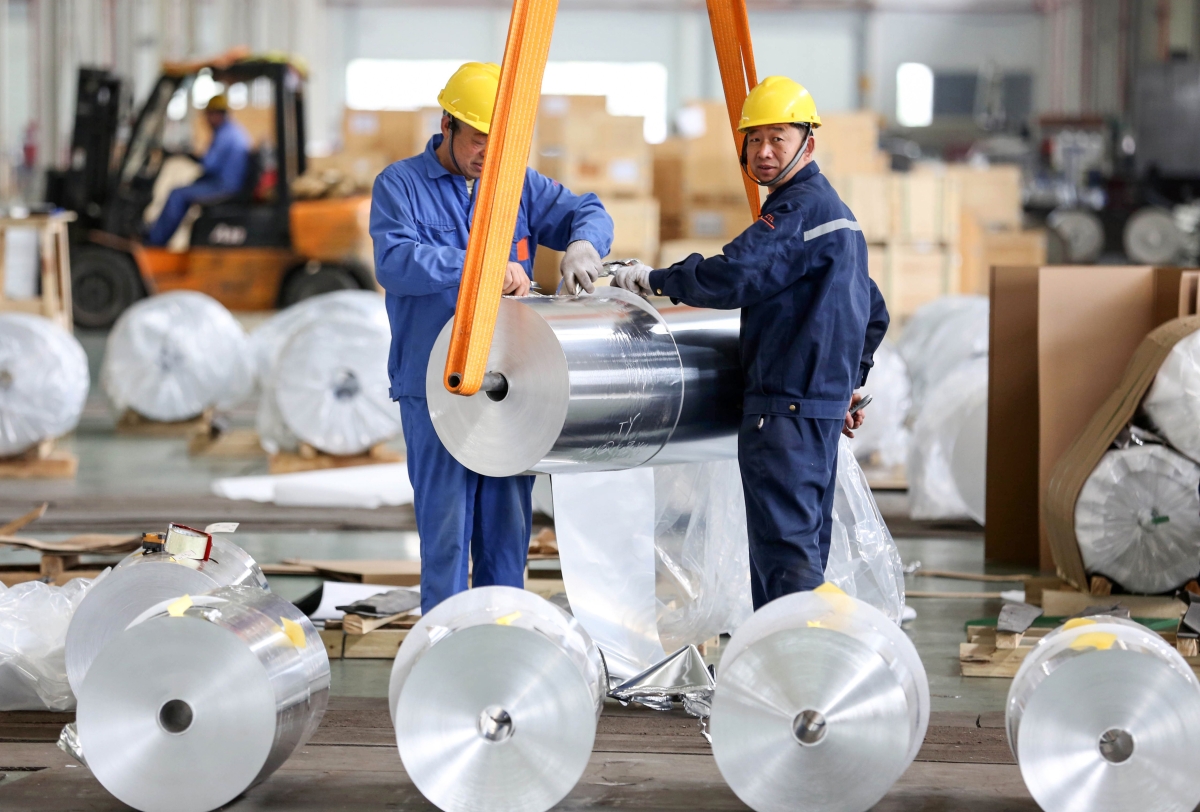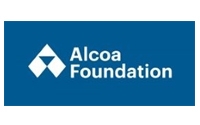Curbing State-Driven Trade Policies
How to Craft New & Effective Approaches to Counter Distortive Practices

(STR / AFP/ Getty Images)
(STR / AFP/ Getty Images)
Much attention has been focused on China’s unfair intellectual property practices and the imbalance in the U.S.-China trade relationship, but equally troubling are large-scale Chinese industrial subsidies, the behavior of state-owned enterprises (SOEs), and in general, the oversized and opaque role of the Chinese state in the economy.
While the U.S-China phase one trade deal tackled some important sources of bilateral tension and aimed to boost Chinese purchases of U.S. goods and services, it was silent on industrial subsidies and related matters, leaving them for the next phase of negotiations, the fate of which is now in question. U.S. concerns on these matters are shared by other trading partners including the European Union (EU) and Japan. Yet despite widespread disapproval of such practices, building new global rules to combat subsidies has proven challenging. This is due to several factors, ranging from gridlock at the WTO, differences of views among like-minded countries on the required level of ambition, and uncertainty as to how best to approach the enormous complexities in China’s subsidies and related policies.
The Organization for Economic Cooperation and Development (OECD) has sought to unpack this complexity, conducting recent studies of Chinese subsidies in two key sectors: aluminum and semiconductors. Both studies illustrate how Chinese subsidies are not simple cash handouts from the state to protected firms so that they can sell at favorable and distorting prices. The OECD finds subsidies can take various forms, including downstream or upstream help that trickles up or down to the firm that’s intended to benefit. They can take the form of favorable equity or debt purchases or bonds provided at below-market rates. And with interconnected global value chains, subsidies can effectively be granted covertly, intended to benefit one firm that might be several links away along the chain.
In China, the problem is compounded by an opaque “party-state” structure that obscures not only the recipients of subsidies, but also the source. According to Mark Wu, a Harvard Law School professor who previously served as the Director for Intellectual Property in the Office of the U.S. Trade Representative, subsidies not only flow directly from government bodies in Beijing, but also indirectly through informal responses to directives — sometimes even left unsaid, but understood — from the Chinese Communist Party.
Against this backdrop, the Asia Society Policy Institute (ASPI) convened two roundtables in the fall of 2019 and the spring of 2020 to discuss how best to build a new rules-based infrastructure that might combat such subsidies and prevent trade-distorting results such as unfair competition, market access barriers, and, above all, overcapacity in global markets. Experts from the private sector, think tanks, governments, and academia weighed in with possible solutions, which included:
- Negotiating new rules in the WTO;
- Using the WTO dispute settlement system, despite its often-discussed flaws;
- Forming ad hoc rules-based approaches, where possible, like the U.S-EU-Japan trilateral initiative;
- Plurilateral negotiations conducted on a sector-by-sector basis;
- Forming coalitions of like-minded trading partners to establish an alternative model, much in the way that the Trans-Pacific Partnership (TPP) was framed.
During the roundtables, most experts agreed that there is no silver bullet that solves the subsidy and related issues on its own. And most agree that, left unaddressed, the problem is likely to deepen. The COVID-19 pandemic might even exacerbate it by leading to more state involvement in economies around the world and making it hard to discipline Beijing’s practices. Recognizing all of these real challenges that the international trade community faces, the roundtables reached the following key conclusions:
- Transparency on the scope, level, and nature of industrial subsidies is vital;
- Efforts to publicize the ongoing work in these areas, particularly that being done by the OECD, should accelerate;
- Turning research into tangible new policies is a key step; and
- Persuading China to agree to updated rules will be necessary, given that China is a singular contributor to overcapacity.
Read the full ASPI Summary Brief for more information, and for a full description of the points above.
About the Author

Wendy Cutler joined the Asia Society Policy Institute (ASPI) as Vice President in November 2015. She also serves as Managing Director of the Washington, D.C. Office. She joined ASPI following an illustrious career of nearly three decades as a diplomat and negotiator in the Office of the U.S. Trade Representative (USTR). Most recently she served as Acting Deputy U.S. Trade Representative, working on a range of U.S. trade negotiations and initiatives in the Asia-Pacific region. In that capacity she was responsible for the Trans-Pacific Partnership (TPP) agreement, including the bilateral negotiations with Japan. She also was the chief negotiator to the U.S.-Korea (Korus) Free Trade Agreement.

The project was made possible by a grant from the Alcoa Foundation.
